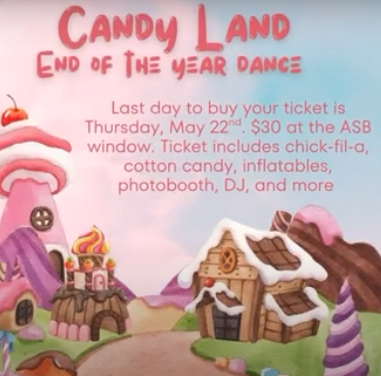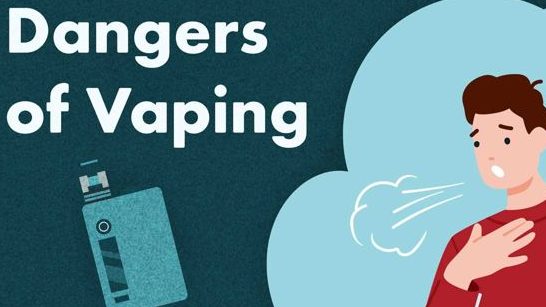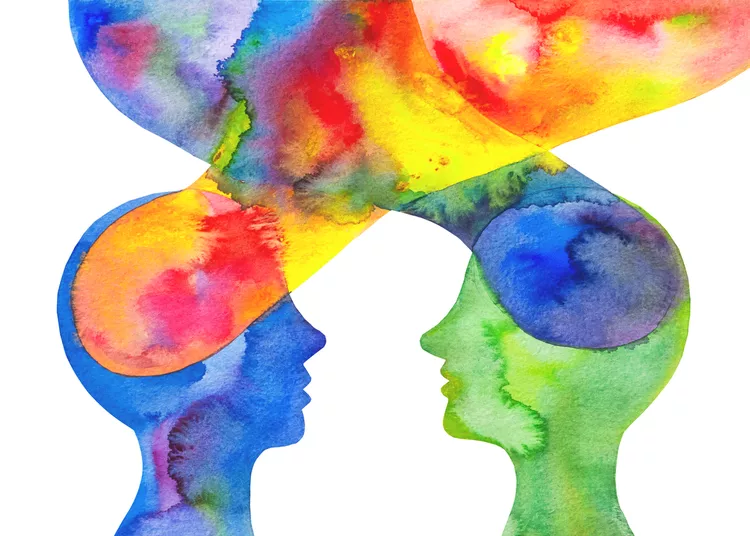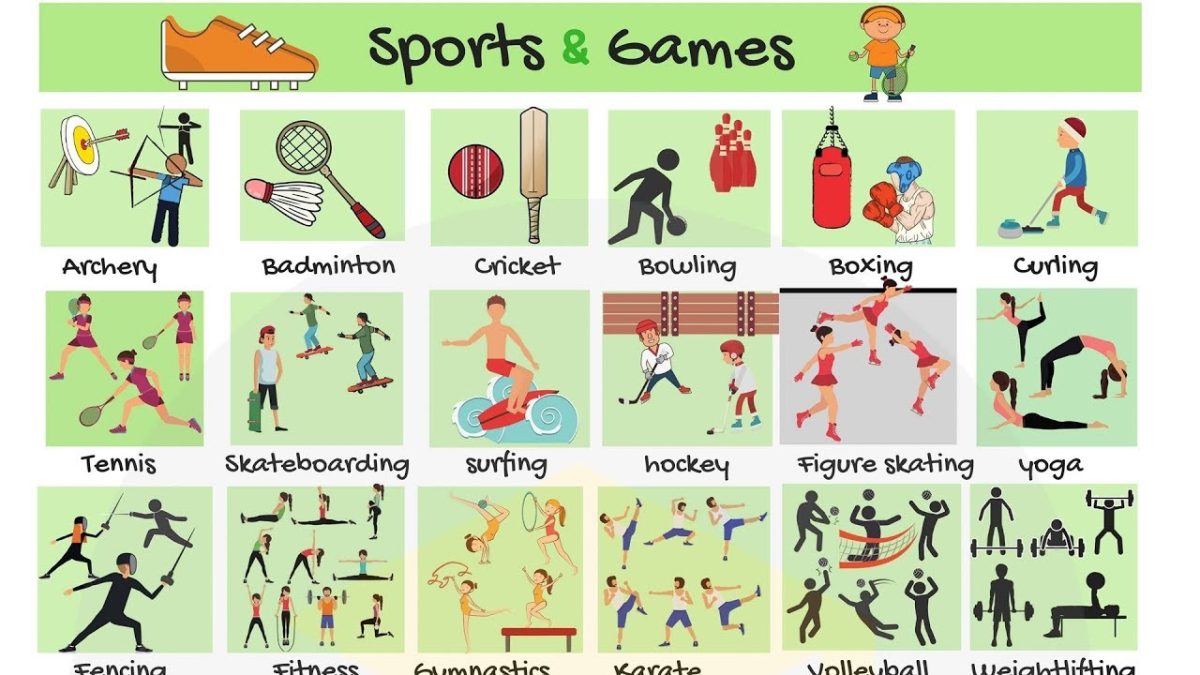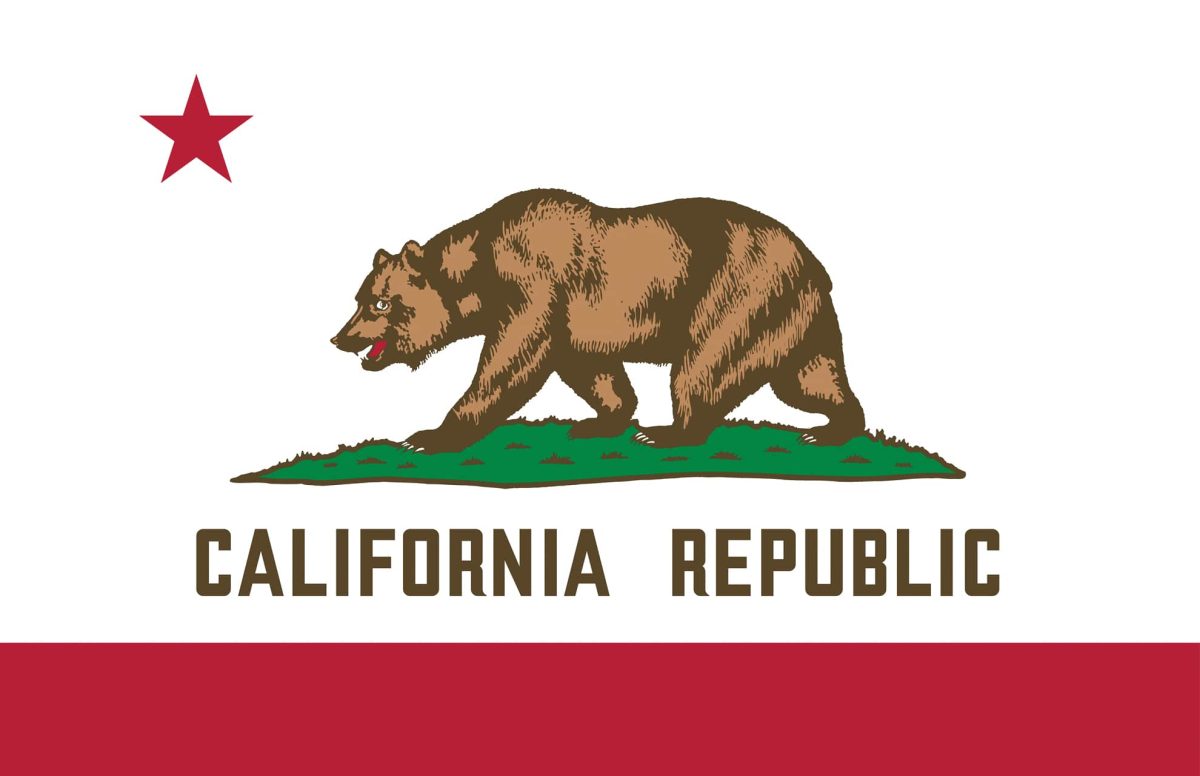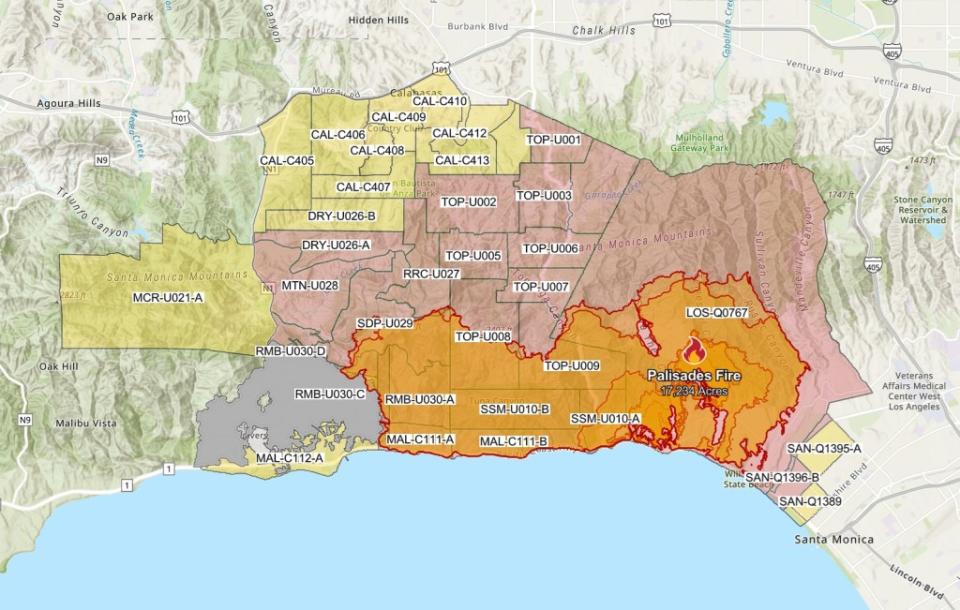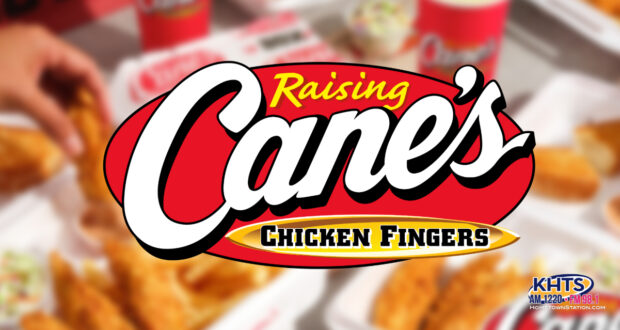How Color can Affect our Mood
Colors are more than just visual elements, they have the power to influence our emotions, behavior, and well-being. The psychology of color is lots of things, its application in art, design, marketing, and therapy. Color affects our minds and bodies, and it’s powerful in our lives.
The Psychology of Color.
What is the definition of color psychology? According to Color Psychology: Does It Affect How You Feel?, the article found on verywellmind.com, written by Kendra Cherry, “Color psychology is the study of how different colors affect human mood and behavior. It explores how colors can influence emotional responses, as well as how responses to color are affected by factors such as age and cultural background.” This talks about how color psychology influences our emotions, which means mood and behavior. How can it make us feel a certain way when we see that color? What is the application of color psychology? Applying color psychology to something mainly depends on what you’re applying it to. Like home decor, for something relaxing and calm, soft blues and soft greens. “Blue, with its calming properties, is ideal for bedding and walls, helping to lower heart rate and reduce anxiety. Complement with green elements like plants or nature-themed artwork to enhance a sense of tranquility. Choose light, airy fabrics and textures to further promote relaxation (medium.com).” Those are very calming colors, especially for bedrooms.
How does color psychology work with therapy? “Chromotherapy is practiced in alternative health clinics, sometimes using LED
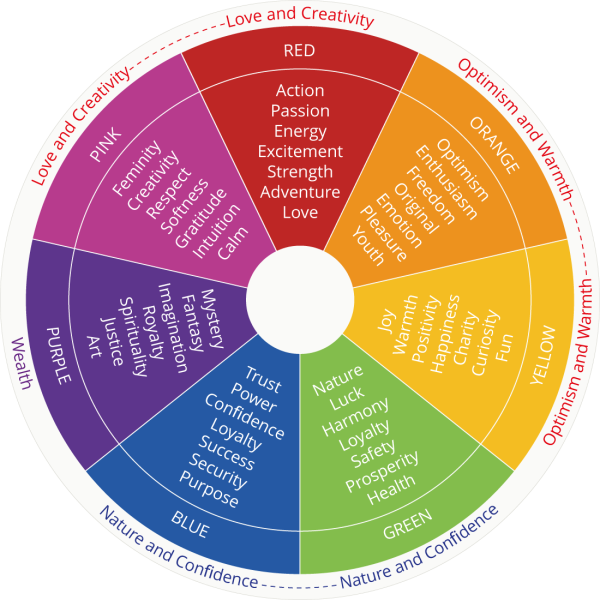
lights to create a therapeutic color. It treats anxiety, depression, high blood pressure, and sleep disorders. It’s considered an alternative and complementary treatment, meaning it usually supplements other medical treatments you’re receiving (WebMD.com).” This is telling us that LED lights are being used to help with health problems. LED lights also help with skin problems like Eczema, hair loss, acne, psoriasis, sun damage, and wrinkles.
Warm Colors and Their Emotional Impact.
What is the emotional impact of the color red? “Red attracts the most attention and is associated with strong emotions, such as love, passion, and anger (londonimageinstitute.com).” “It’s the universal color to signify strength, power, courage, and danger. Red is vibrant, stimulating, and exciting with a strong link to sexuality and increased appetites (londonimageinstitute.com).” This tells us some of the emotional impacts of the color red. There are some downsides to the cool red, too, like if a big wall were painted red, it can strain your eyes because of its brightness.
What’s the color orange’s emotional impact? “This is the hue of encouragement, optimism, and self-confidence, marking the extrovert. Orange radiates warmth and happiness, combining the physical energy and stimulation of red with the cheerfulness of yellow. Orange can inspire courage, enthusiasm, rejuvenation, and vitality. It can also have a stimulating effect, particularly on the appetite (londonimageinstitute.com).” The color orange also has lots of emotional impacts. The color orange is also good for the business workplace, and also for clothes to show boldness.
What emotional impact does the color yellow give us? “Being the lightest hue of the spectrum, yellow is uplifting and illuminating, offering hope, happiness, and fun. It’s a warm and happy color that creates a sense of cheerfulness and playfulness, brightening people’s spirits (londonimageinstitute.com).” Most people think of yellow as joy and happiness. It’s because if it’s warm and cool, it has a big emotional impact on us, which makes us think that.
Cool Colors and Their Emotional Impact.
What is the emotional impact of the color green? “Green is of nature, of balance and growth. It is restful and secure, symbolizing harmony, healing, and stability (londonimageinstitute.com).” And, “It also represents security and self-reliance. Darker greens relate to money, wealth, and prestige, while lighter greens relate to rebirth, growth, and freshness (londonimageinstitute.com).” Green’s emotional impact is very calming and relaxing, like soft green is good in bedrooms.

What emotional impact can blue give off? Blue is the color of trust, serenity, and peace. It suggests loyalty and integrity as well as conservatism and predictability (londonimageinstitute.com).” “Because blue is the most universally favored color of all, it is the safest to use in business and airline uniforms. It relates to trust, honesty, and dependability, therefore helping to build customer loyalty. Blue works well for the corporate world and is often used in important meetings. Wear it when interviewing, and meeting business professionals such as accountants, insurance companies, bankers, and other financial companies where trust and reliability are important (londonimageinstitute.com).” Blue is also a very calming color and is good in bedrooms. The color blue has lots of emotional impacts.
What is the emotional impact of the color purple?“Purple is the color of imagination and spirituality, inspiring high ideals. It can be creative and individual or immature and impractical. It is also an introspective tone, allowing us to connect with our deeper thoughts (londonimageinstitute.com).” Also, “Purple implies wealth, even royalty, as well as quality, fantasy, and creativity. This tone heightens people’s sense of beauty and their reaction to more creative ideas (londonimageinstitute.com).” Purple can be a bright, happy, joyful color or it can be a dark, serious, royal color. Purple’s emotional impact is big, it’s used for high-quality stuff, it makes stuff look expensive and nice and pretty.
Conclusion
In conclusion, all colors have a huge emotional impact, and all of them have different impacts; not all of them are the same. As previously stated, colors are more than just visual elements, they have the power to influence our emotions, behavior, and well-being. Colors are just used for many different things, and what they’re used for is important because of their emotional impact. The uses for certain colors influence a specific emotion for you, it could be different for everyone else, too.
Work Cited
https://www.webmd.com/mental-health/what-is-color-psychology
https://my.clevelandclinic.org/health/treatments/22146-led-light-therapy

